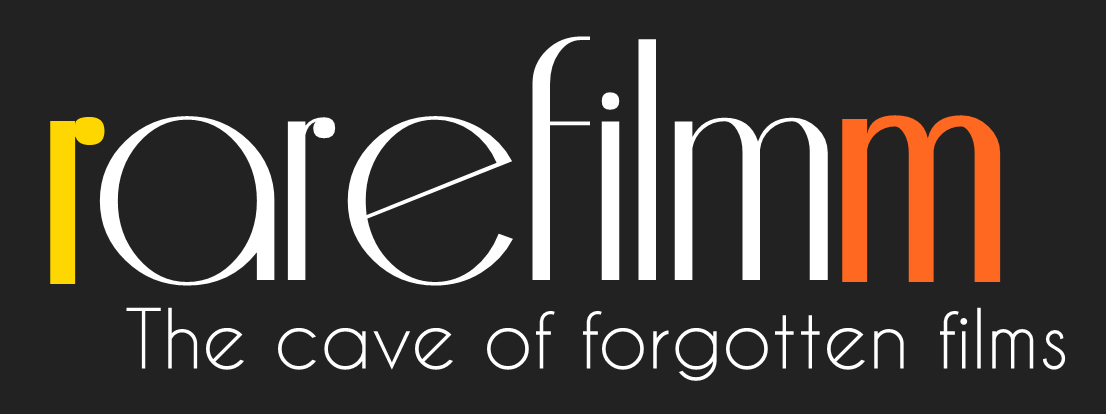Csöre is a 7-year-old orphan girl living in unbearable circumstances in rural Hungary during the 1920s. The poverty-stricken Dudás couple only take in the little ‘waif’ in return for the placement fee they receive from the orphanage, while the wealthy Szennyes family use her as a domestic servant. Fate is equally hard on her in both places. It would appear that there is no end to the humiliations the innocent child has to bear. László Ranódy adapts for film the classic novel by Zsigmond Móricz, with shattering effect.
Tag: 1970s
The Chinese Typewriter is about education and language, and the way a society is shaped by them. It exemplifies the politically committed film that defies the strict rubric of avant-garde. Daniel Barnett seems less interested in challenging traditional form than in exploding his own occidental vision. He transforms cyclonic cutting among a character-filled Chinese printing shop, a school, and street life into a visual poem that extracts the country’s fierce mechanistic energy while leaving the fragrant residue of humanity.
Is Emma a voyeur vampire who can turn into a bat? Apparently, and she leaves many smiling faces on her victims after going down on them during a full moon. When they’re not having sex with their suspects, two cops investigate the murders.
In this one-man show starring Rich Little, Ebeneezer Scrooge (played by Rich as W.C. Fields) hates Christmas, and it’s up to the Ghosts of Christmas Past (played by Rich as Humphrey Bogart), Present (played by Rich as Columbo) and Future (played by Rich as Inspector Clouseau) to convince him otherwise.
The film takes place in the XIX century. In a rich house come to the New Year’s tree children from rich families. A servant girl, similar to Cosette from Les Miserables by Victor Hugo, observes their holiday. After the holiday, during the cleaning of the hall, she dances with a broom instead of a partner and sees an abandoned nutcracker – a toy that was cracked with nuts and almost broke. She awakens a pity for the Nutcracker, and he comes to life and tells the main character about his past.
Barbara, pretty daughter an archaeology professor, arrives on the island of Milos determined to prove that the statue of the Venus de Milo exhibited in the Louvre is a copy, and the original is still on the island. She pretends to be a geologist, provoking the suspicion of U.S. multinational corporation ALUMINE, which is about to sign a contract to mine bauxite on the island, although the deposit is extremely rich in uranium-235.
After winning the “most virgin” contest, Miss Canada is married to a rich milk tycoon. But she quickly flees the marriage to experience the world around her, full of sweetness and anarchy. With its lewd abandon and sketch-comedy perversity, Sweet Movie became both a cult staple and exemplar of the envelope pushing of 1970s cinema.
